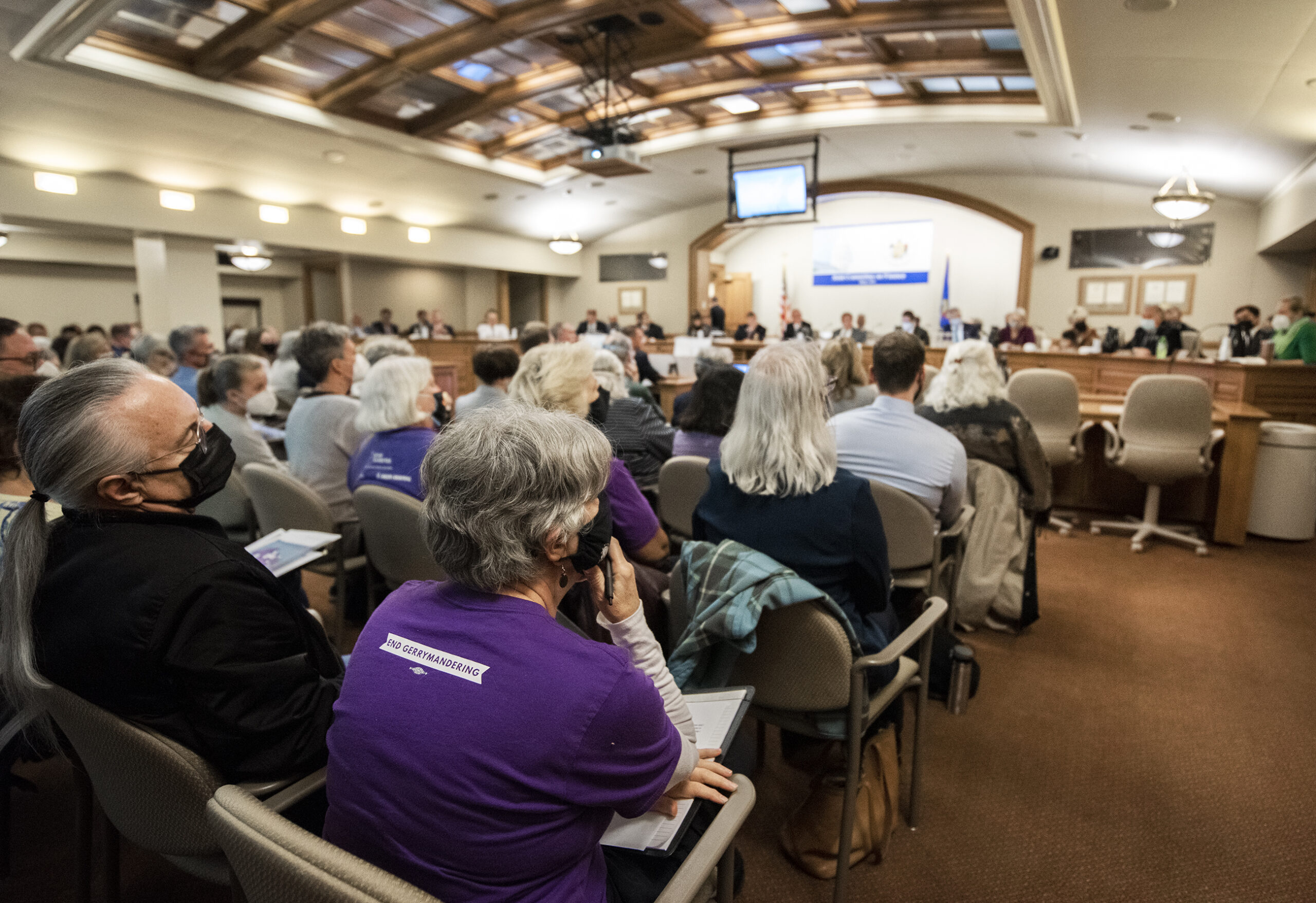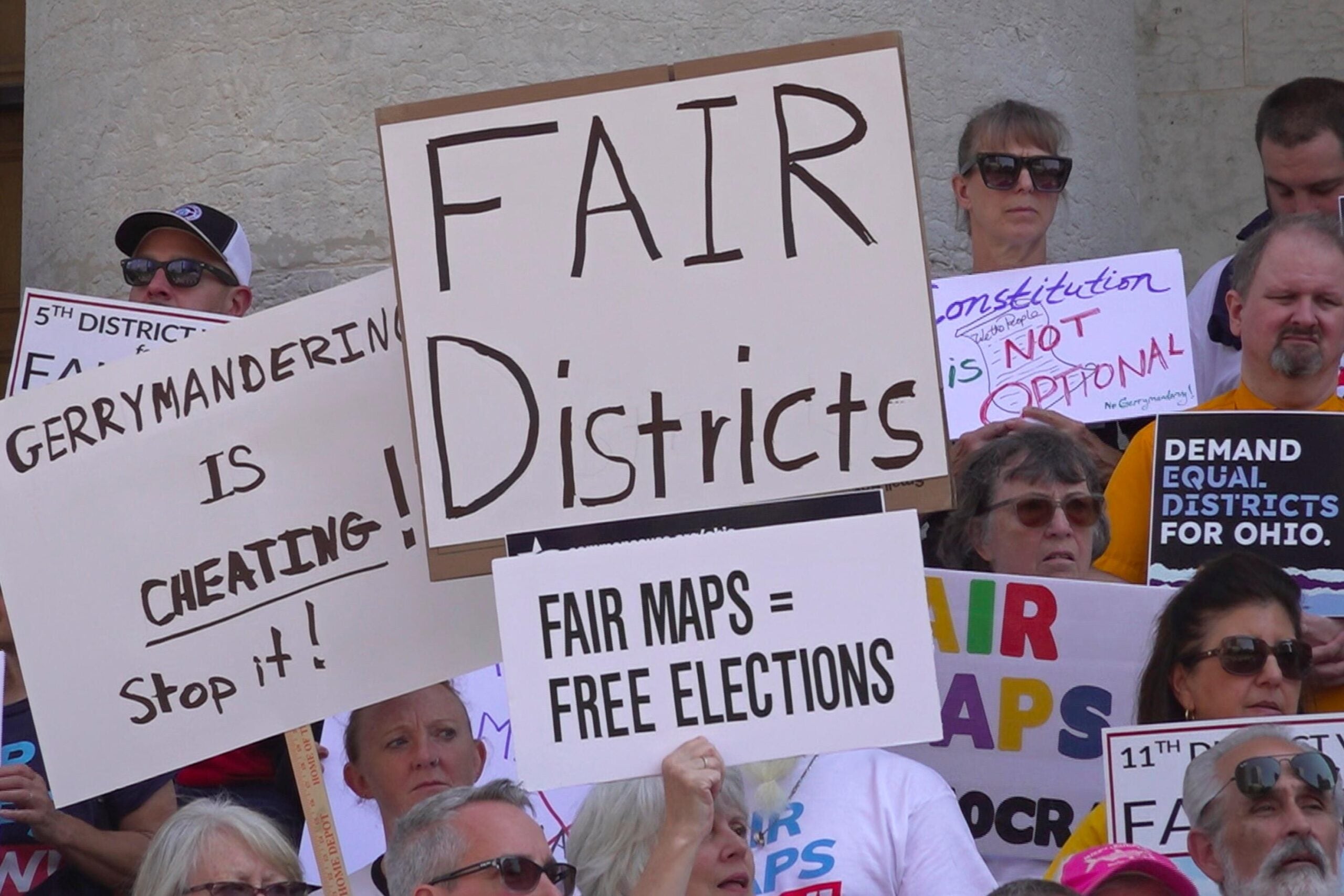There likely won’t be many competitive state Assembly districts under Wisconsin’s new Republican-drawn legislative map that was adopted by the state Supreme Court last week.
Depending on how you measure it, there might only be three.
Republicans drew the map based on their 2011 redistricting plan, which helped the GOP preserve big majorities in the Legislature even in years when Democratic candidates performed well statewide.
News with a little more humanity
WPR’s “Wisconsin Today” newsletter keeps you connected to the state you love without feeling overwhelmed. No paywall. No agenda. No corporate filter.
GOP leaders billed their latest map as a “least changes” redistricting plan, but there are places on the map where lines were moved in strategic ways that benefit Republicans.
Marquette University research fellow and redistricting expert John Johnson analyzed the plan using the average results of the 2020 presidential race, the 2018 governor’s race and the 2016 presidential race — three elections with extremely close outcomes. Based on those numbers, he said Republicans would be expected to win a 63-36 majority in the Assembly under the new map in a 50-50 election.
“But perhaps even more importantly, they reduced the number of competitive seats in either direction,” Johnson said. “If you had neutrally drawn maps, you would have many more state Assembly districts where either a Republican or a Democrat could plausibly win from year to year. Now, there’s only a handful of places where it actually feels like the outcome is unknown before Election Day.”
While there are different ways to define “competitive,” Johnson said one method is to look at the number of seats where the projected margin between the candidates is 2 percent or less. By that benchmark, he said just three of Wisconsin’s 99 districts are competitive.
Johnson said that could have implications for money in politics with big donors playing a bigger role in a small number of races.
“Increasingly there are not very many races for them to spend that money on in a meaningful way,” Johnson said. “And so you get tons of money pouring into these very small number of competitive races.”
The legislative map drawn by Gov. Tony Evers, which was initially adopted by the state Supreme Court before it was rejected by the U.S. Supreme Court, had more competitive districts but not many. Johnson said there would have been six competitive districts under Evers’ plan.
Wisconsin Public Radio, © Copyright 2026, Board of Regents of the University of Wisconsin System and Wisconsin Educational Communications Board.



